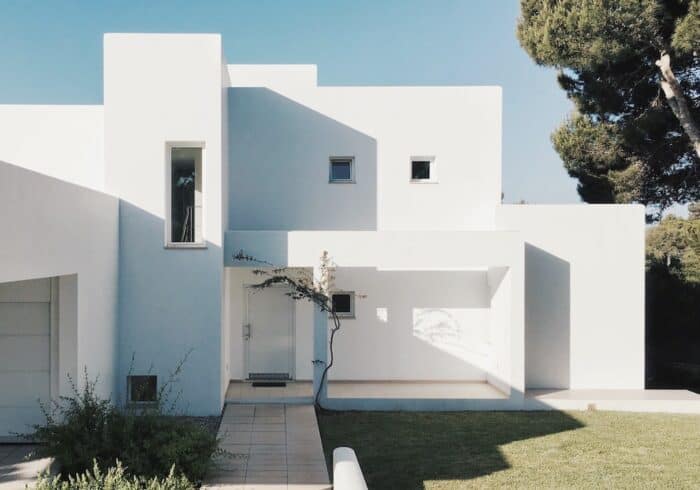Hempcrete 101
A new construction material is making waves in the industry – hempcrete!
This sustainable, eco-friendly material is made from a mixture of hemp and lime, and has a range of benefits over traditional materials like concrete.
In this article, we’ll take a look at what hempcrete is, how it’s made, and some of the ways it’s being used in construction today.
See Also: Is Hemp Considered A Drug?
What Is Hempcrete?
Hempcrete is a type of concrete made with hemp that is said to be environmentally friendly.
Some of the benefits of using hempcrete include its ability to insulate well, its breathability, and its resistance to mold and pests.
Hempcrete is also said to be easier to work with than traditional concrete.
How Is Hempcrete Made?
Hempcrete is made from a mix of hemp shivs, lime, and water.
It is sometimes also referred to as ‘hemp-lime’ or ‘hemp-lime concrete’.
Hempcrete is a carbon-negative material. When it’s growing hemp can take a large amount of CO2 out of the air. It can also absorb carbon dioxide from the atmosphere as it hardens.
This makes it an environmentally friendly alternative to traditional building materials like concrete and brick.
Hempcrete is made by mixing hemp shivs with lime and water.
The ratio of shivs to lime varies depending on the desired properties of the final product but is typically around 1:3 or 1:4.
Once mixed, the hempcrete is placed into molds or forms and left to harden.
The hardening process takes around 28 days and results in a lightweight, insulating and breathable material.
Hempcrete has a number of advantages over traditional building materials.
Perhaps most importantly, it is environmentally friendly, both in terms of its production and its use.
Hempcrete is also resistant to fire and pests, and has excellent thermal and acoustic insulation properties.
It is also easy to work with and can be used in a variety of applications.
See Also: Can Hemp Be Used To Make Environmentally Friendly Plastic?

How Is Hempcrete Used Today?
Hempcrete is a versatile material that can be used in a variety of ways. One of the most popular uses for hempcrete is as an insulation material.
Hempcrete is an excellent insulator because it has high thermal resistance and low water absorption. This means that it can keep your home warm in the winter and cool in the summer.
It also helps to protect your home from moisture damage.
Hempcrete can also be used as a construction material. It is strong and durable, yet lightweight, making it ideal for use in walls, floors, and roofs.
Hempcrete is also fire resistant and mold resistant, making it a safe choice for use in homes and other buildings.
If you are looking for an eco-friendly building material, hempcrete is a great option.
It is made from a renewable resource, it is non-toxic, and it has a low carbon footprint.
Hempcrete is also very easy to work with, so it is a good choice for do-it-yourself projects.
Pros and Cons of Hempcrete
Hempcrete is said to have a number of benefits over traditional concrete.
These benefits include being more sustainable, more insulating, and having better drainage.
However, there are also some potential drawbacks to using hempcrete.
These include the fact that it can be more difficult to get the materials to make it and that it may not be as strong as traditional concrete.
It’s also a lot more expensive to use as a building material since hemp isn’t available everywhere yet.
See Also: What Makes Hemp Paper Better & Why We Should Be Using It
Will There Be More Hempcrete Used in the Future?
There are many benefits to using hempcrete over traditional concrete.
Hempcrete is said to be more breathable, meaning it helps regulate humidity and temperature in a building.
This can lead to improved indoor air quality and a more comfortable living environment.
Hempcrete is also said to have better insulation properties than traditional concrete, which can save on energy costs.
And because hempcrete is made with a renewable resource (hemp), it is considered to be more sustainable than traditional concrete, which is made with non-renewable resources like fossil fuels.
It remains to be seen if hempcrete will be used more widely in the future.
Some challenges that need to be addressed include the high cost of materials and the lack of standardization in the manufacturing process.
But if these issues can be overcome, hempcrete could become a popular choice for builders
Have any more questions about hempcrete? Leave a comment below.

